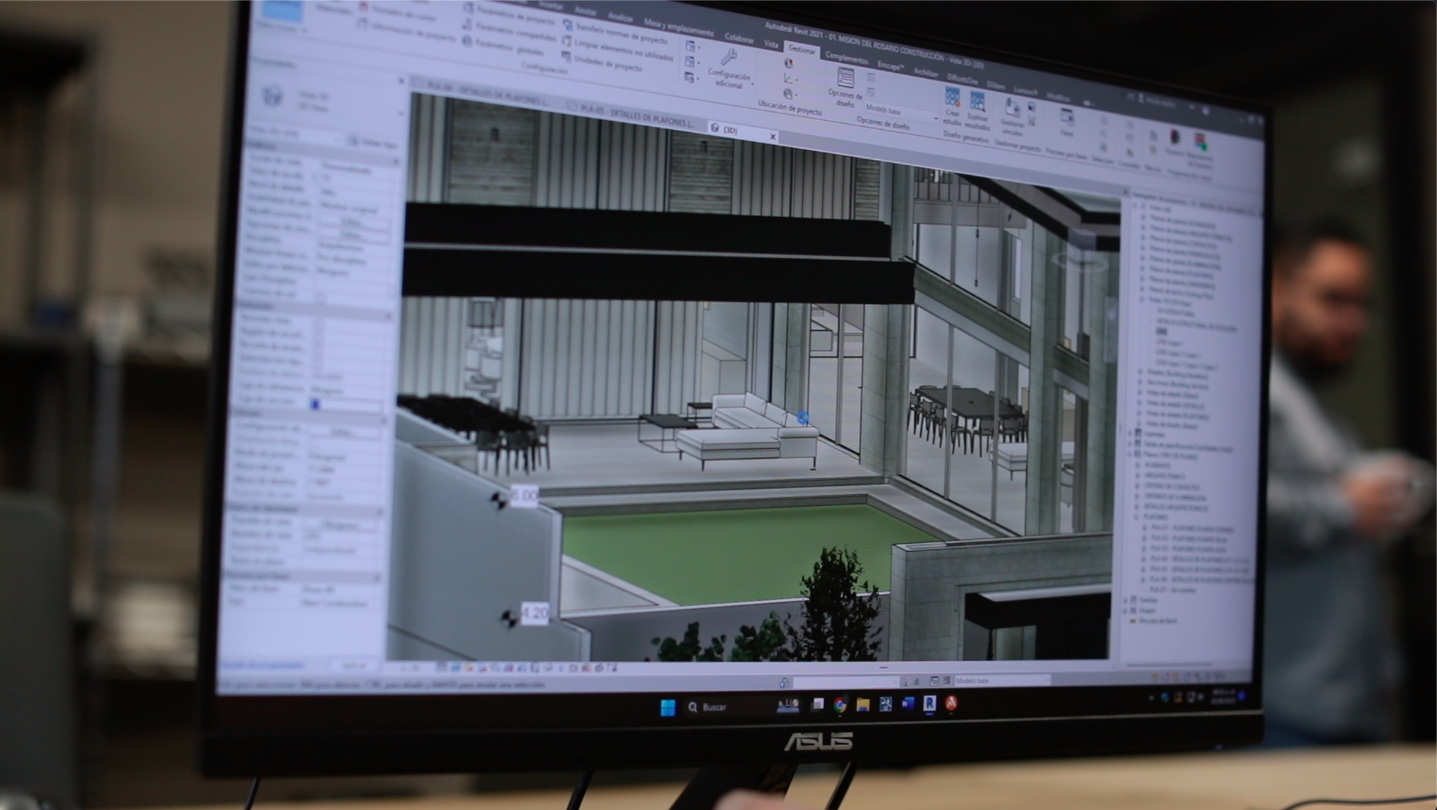Architectural rendering services involve creating visual representations of architectural designs using computer software or traditional artistic techniques. These services are essential in the field of architecture as they provide realistic and detailed depictions of buildings, interiors, landscapes, and urban environments before they are constructed.
Using advanced 3D modeling software, architectural renderers can accurately portray the materials, lighting, textures, and spatial arrangements of a project. This allows architects, designers, and clients to visualize the final product and make informed decisions about design elements, colors, and aesthetics. Additionally, architectural rendering services can showcase different perspectives, angles, and viewpoints to highlight the unique features of a design.
These renderings are utilized in various contexts, including presentations to clients, marketing materials, architectural competitions, and construction planning. They facilitate effective communication between all stakeholders involved in a project and aid in resolving design issues and identifying potential challenges early in the process. With the ability to create lifelike and immersive visualizations, architectural rendering services enhance the understanding, appreciation, and execution of architectural designs.
Why is using Architectural Rendering important?
Architectural rendering is important for several reasons:
1. Visualization:
Architectural renderings allow architects, designers, and clients to visualize and understand the proposed design concept more effectively. It helps them see how the building or space will look, including materials, textures, colors, lighting, and overall aesthetics. This visual representation enhances communication and ensures that all parties have a clear understanding of the final product.
2. Decision-making:
Renderings assist in the decision-making process by providing a realistic depiction of design options. Clients can evaluate different design alternatives, make informed choices, and provide feedback before construction begins. It helps identify potential design flaws, inconsistencies, or improvements early on, saving time and resources in the long run.
3. Communication:
Renderings serve as a universal language in architecture. They bridge the gap between technical drawings and layman’s understanding. By presenting visually appealing and easily understandable representations, architects can effectively communicate their ideas to clients, contractors, engineers, and other stakeholders involved in the project.
4. Marketing and Presentation:
High-quality architectural renderings are valuable marketing tools. They can be used in project proposals, presentations, brochures, websites, and advertisements to showcase the design’s features and attract potential clients or investors. Renderings create a compelling visual narrative that helps sell the concept and create excitement around the project.
5. Problem-solving and Analysis:
Architectural renderings aid in problem-solving and analysis. They allow architects to identify design issues, such as spatial relationships, circulation patterns, or lighting problems, and make necessary adjustments before construction. This helps prevent costly changes during the construction phase and ensures a more efficient and well-executed project.
Is Architectural Rendering cost-saving?
Yes, Architectural rendering can be cost-saving in several ways:
- Design Iteration: By using architectural rendering services, designers can visualize and explore multiple design options in the virtual realm before committing to physical construction. This allows for rapid iteration and testing of different ideas, reducing the need for costly changes during the construction phase. Catching design flaws or inefficiencies early on can save significant time and money in rework or revisions.
- Communication and Collaboration: Architectural renderings enhance communication between architects, clients, and other stakeholders. Clear and visually appealing renderings help convey design intent accurately, reducing the likelihood of misunderstandings or misinterpretations. This improves collaboration and minimizes errors and rework caused by miscommunication.
- Marketing and Pre-sales: High-quality renderings are effective marketing tools for architectural projects. They can attract potential clients or investors by showcasing the project’s visual appeal, features, and unique selling points. By generating interest and securing early commitments or pre-sales, architectural renderings can contribute to the financial viability of the project.
- Costly Design Changes: Making design changes during the construction phase can be expensive and time-consuming. Architectural renderings allow for better visualization and understanding of the final product, reducing the likelihood of major design changes during construction. This can save costs associated with materials, labor, and potential delays.
- Material Selection and Planning: Architectural renderings provide a realistic representation of materials, textures, and lighting conditions. This helps architects and clients make informed decisions about material selection, minimizing the risk of costly mistakes or unsatisfactory outcomes.
While top architectural rendering services themselves come at a cost, the potential cost savings in terms of reduced design changes, improved communication, better decision-making, and marketing benefits can outweigh the initial investment.
Ultimately, the ability to detect and resolve issues early on and to make well-informed design choices can lead to more efficient and cost-effective construction projects.
At Remotal we are ready to assist on all your architectural render needs. We find, hire and manage top-quality remote creative talent in Mexico City for US based businesses.
Reach out to us to discuss your render requirements. We are the right connection to remote talent.
